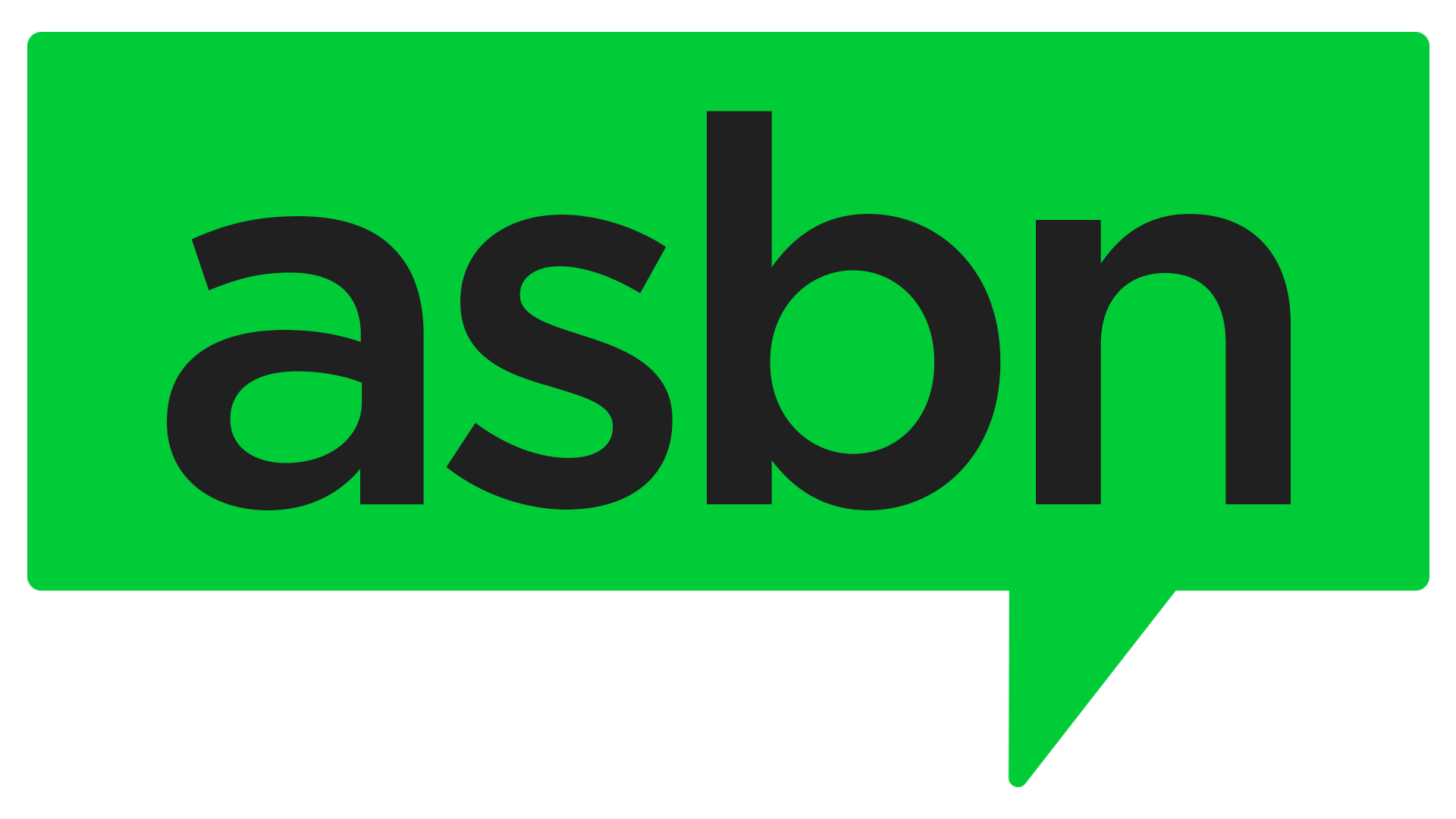U.S. small business confidence rose to an eight-month high in July, as concerns about inflation fell to the lowest level in nearly two years, according to The National Federation of Independent Business (NFIB).
The organization’s most recent Small Business Optimism Index rose 0.9 points to 91.9 in July, hitting the highest level since November of 2022. Furthermore, inflation was cited as the top issue for 21% of business owners, a decrease of three percentage points from June.
Investments in labor and capital investment plans appeared to reflect the optimism’s ongoing improvement, with more than 25% of businesses revealing plans to invest in capital. In addition, 17% of businesses said they intended to hire more people, which is two percentage points more than the previous month.
Additionally, the NFIB’s overall business conditions outlook index increased 10 points to a negative 30 as small firms reported their least pessimistic assessment of the near-term economic prospects since August 2021. Since December 2020, the month following the defeat of former President Donald Trump’s reelection effort, small companies in the U.S. have had a net negative opinion of the business environment.
However, the number of companies planning for price increases plummeted to a net 27%, the lowest level since April, as weaker consumer demand undermined confidence in the capacity to profit from steady price growth.
According to Bill Dunkelberg, chief economist for the NFIB, “Small business owners’ views on future sales growth and business conditions are pessimistic, and owners want to hire and make money now from strong consumer spending.” He adds, “Inflation has slightly decreased on Main Street, but difficulty hiring remains a top business concern.”
Major conclusions include:
- Owners’ expectations for improving business circumstances over the following six months increased by 10 points from June to a net negative 30%, which is 31 percentage points better than June 2022 of a net negative 61%. Although this is the highest reading since August 2021, it is still relatively low.
- The percentage of owners reporting difficult-to-fill job positions remained steady from June but was still extremely high historically at 42%.
- The net percent of owners who increased typical selling prices fell four points to a net 25% seasonally adjusted rate, still a very inflationary level but trending down— the Lowest reading since 2021.
- The net percent of owners anticipating more robust real sales increased two points from June to a net negative 12%, which is an extremely pessimistic outlook.







